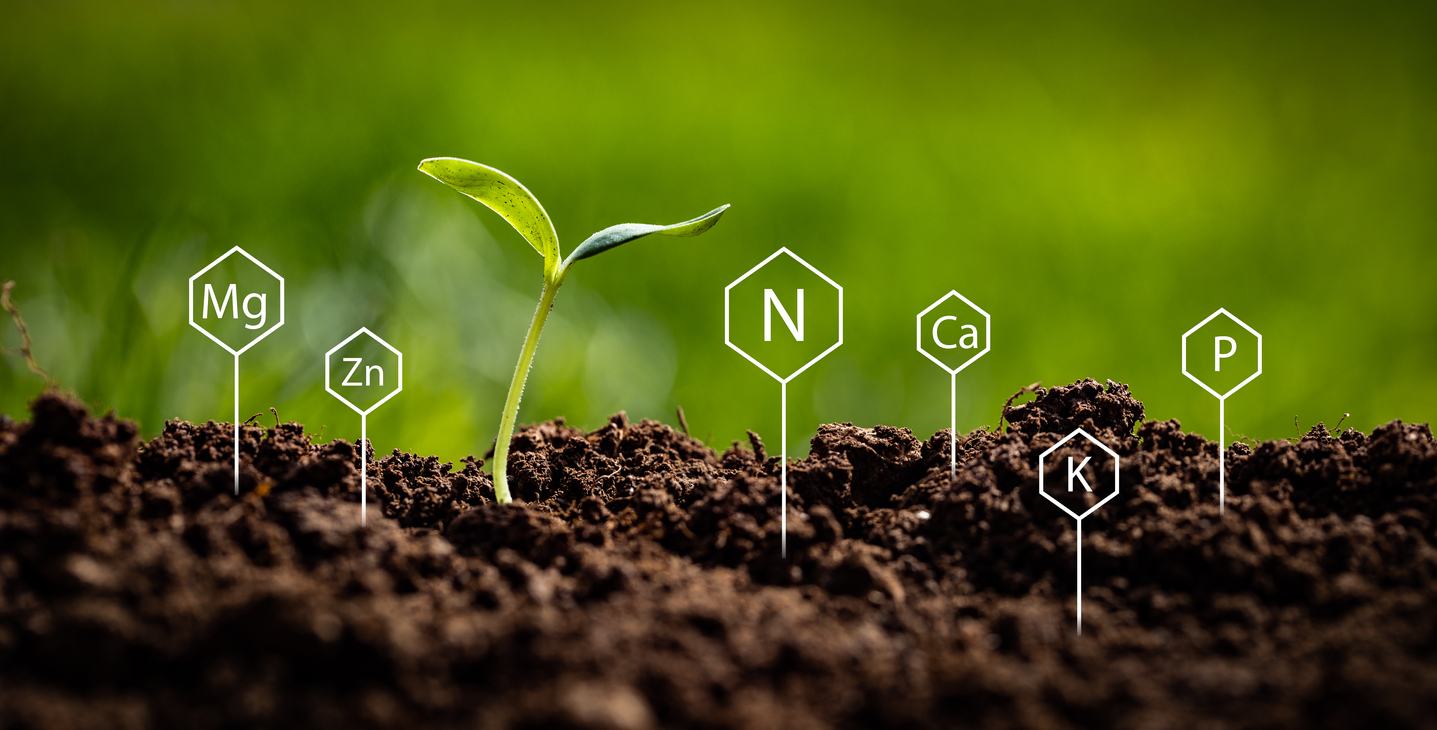Dealing with Harmful Algal Blooms (HAB) and Dissolved Reactive Phosphorus (DRP)
Our agricultural producers will soon be hearing more about agricultural practices that reduce phosphorus (P) runoff. Ohio State University Extension and government agencies have been developing solutions to harmful algae blooms (HAB) and water quality concerns in Lake Erie and Grand Lake St. Marys. We know that most of the soluble nitrogen (N) and soluble P moves with the water. In a drought year like 2012, P runoff and HABs were not a big issue. However, expect P runoff to become an issue in a normal year with average rainfall.
A little history may help explain what has occurred with P runoff in Northwest Ohio. In 1969, Lake Erie was considered a dead lake because it had too much P, HAB, and declining fish (walleye and bass) populations. At that time, about two-thirds of the P was coming from known sources. With soil conservation, new sewage treatment upgrades, and changes to laundry soap; total P in the surface water had declined. By the mid 1990’s, Lake Erie was recovering and fishing was relatively good.
Dr. Jeff Reutter, Director of Ohio Sea Grant program explains that Lake Erie is the shallowest of five Great Lakes and the most biologically active. Comparing Lake Superior and Lake Erie, Lake Superior is the deepest and contains 50% of the water but only has 2% of the fish in the Great Lakes. Lake Erie has only 2% of the total water, but 50% of all the fish. It takes more than 1,000 years for water to flow through Lake Superior but only about two years for Lakes Erie. That means that Lake Erie is extremely sensitive to water quality changes (Reutter, 2012).
Around 1995 water quality in Lake Erie again started to decline. The current problem is with bioavailable or dissolved reactive phosphorus (DRP). For years, agricultural producers were taught that soil P is relatively immobile and that it is tied to soil particles. New research shows that soil P is becoming more mobile for a number of reasons.
First, P fertilizer today has fewer impurities, it is more concentrated, and it is highly soluble; so the fertilizer is more instantly bioavailable to crops. The P fertilizer concentration needed for crops is 10 to 100 times higher than what is needed to cause HAB to flourish (Scarpitti, 2012). Even a little P runoff from agricultural fields may cause a huge HAB problem in Lake Erie.
Second, due to larger tractors and harvesting equipment, there tends to be increased soil compaction. Third, with more conservation tillage, there is less soil mixing so the P fertilizer is concentrated at the soil surface. Soil compaction leads to slower water infiltration and highly enriched P topsoil results in high P runoff when heavy rains occur. Rainfall allowed to slowly infiltrate into the soil will filter and tie up soluble P and results in less DRP in surface water.
Fourth due to high crop prices, crop rotation have changed as producers grow less wheat and more corn and soybeans. Live crops in the winter increase water infiltration and live roots absorb the soluble P in the water, reducing P runoff. Fifth, farmers are increasing the installation of surface and subsurface (tile) drainage improvements. Farmers are installing tile closer together and splitting the tiles. Tile are extremely important to farmers for producing high yielding crops, but tile do move water quickly to surface water and soluble nutrients flow with the water. One Ohio research study shows that almost 50% of the DRP is coming from tile lines (King, 2012).
Two other factors impact P absorption to the soil particles. About 50-75% of the soluble P (Epinoza et al) is attached to soil organic matter (SOM). Unfortunately, SOM levels have decreased 50% to 70% over the last 100+ years due to soil tillage (Lal, 2004), so the soil has less SOM to tie up P. SOM also helps to slow down the water so that the P can be filtered and attached to the soil particles. In addition, about 80% of the P in surface water is coming from only 20% of the land (Sharply, 2012). Conservation practices that protect the soil from soil erosion and P runoff may greatly decrease DRP in surface water.
While there are many factors which effect P runoff from agricultural soils, the biggest factor is still the weather. A study of three decades of rainfall show that the amount and the intensity of annual rainfall events are increasing with time. The 2011 year was a record rainfall year followed by a drought in 2012. A leading P scientist, Dr. Andrew Sharpley, University of Arkansas says eighty to ninety percent of the P runoff occurs in one or two annual intense storm events. The rainfall intensity has increased so more P runoff occurs especially in events that have over 2 inches of rain or snow melt (Sharpley, 2012). In my next article, agricultural P management solutions will be discussed.
